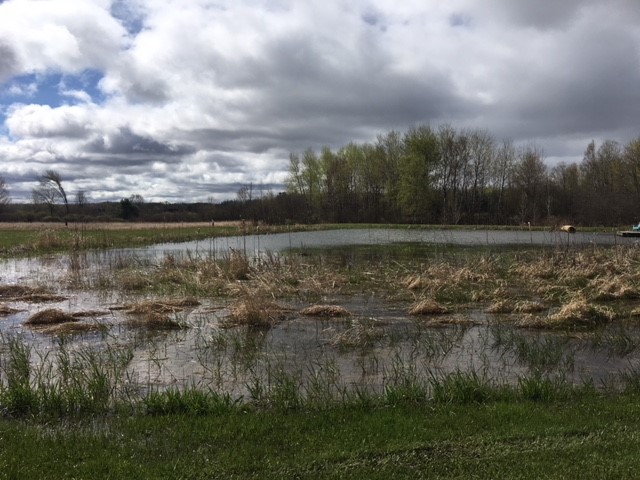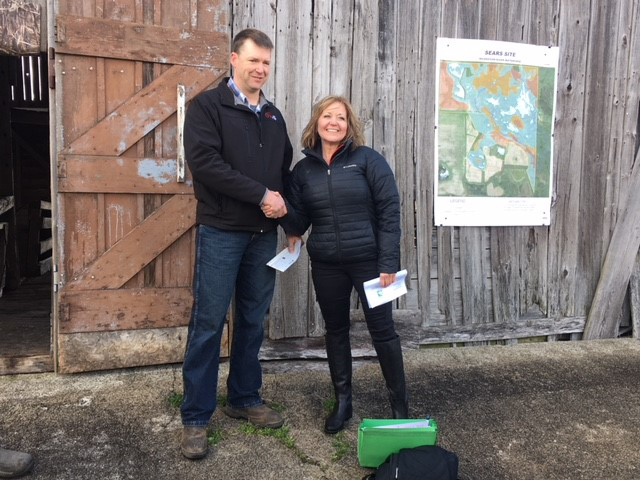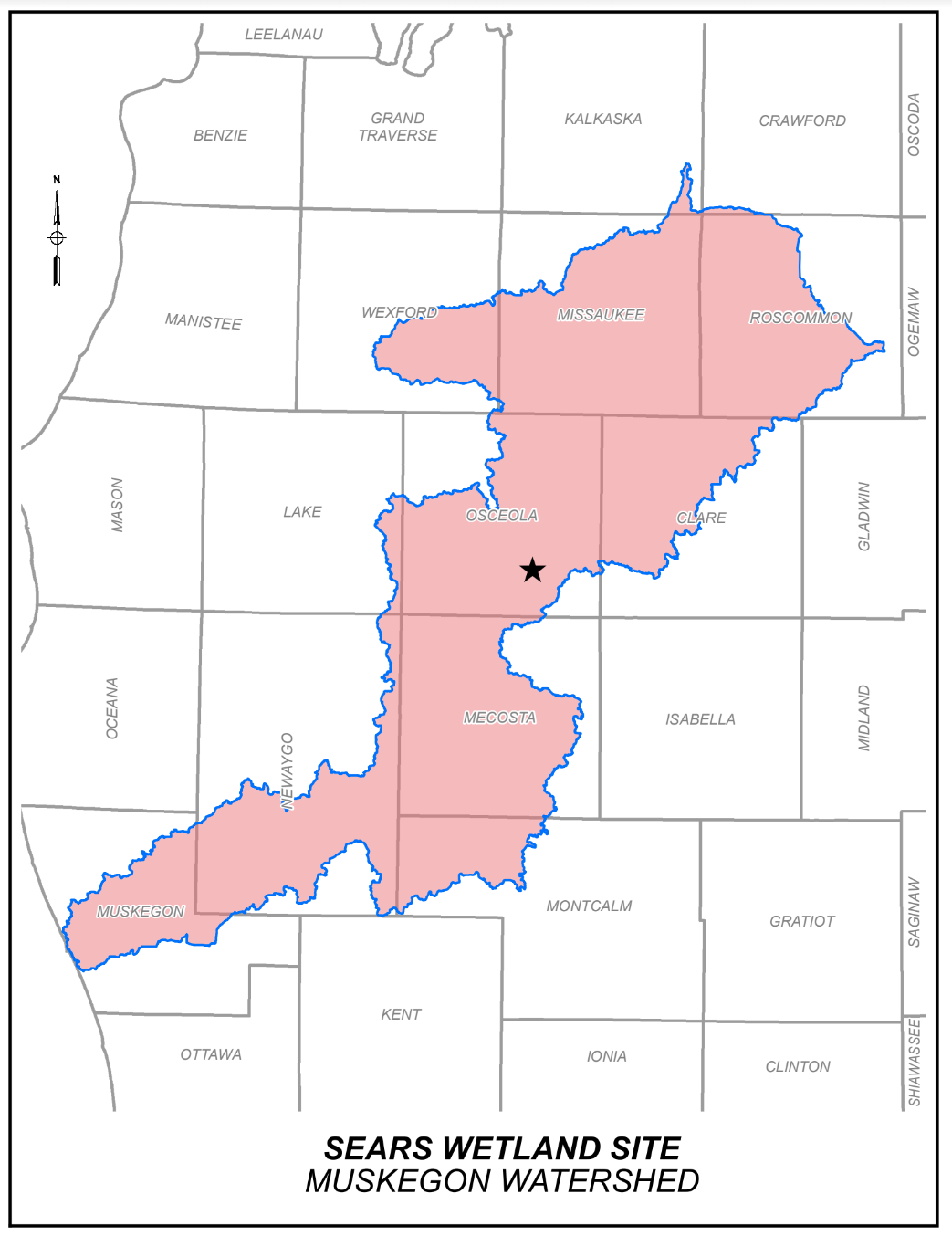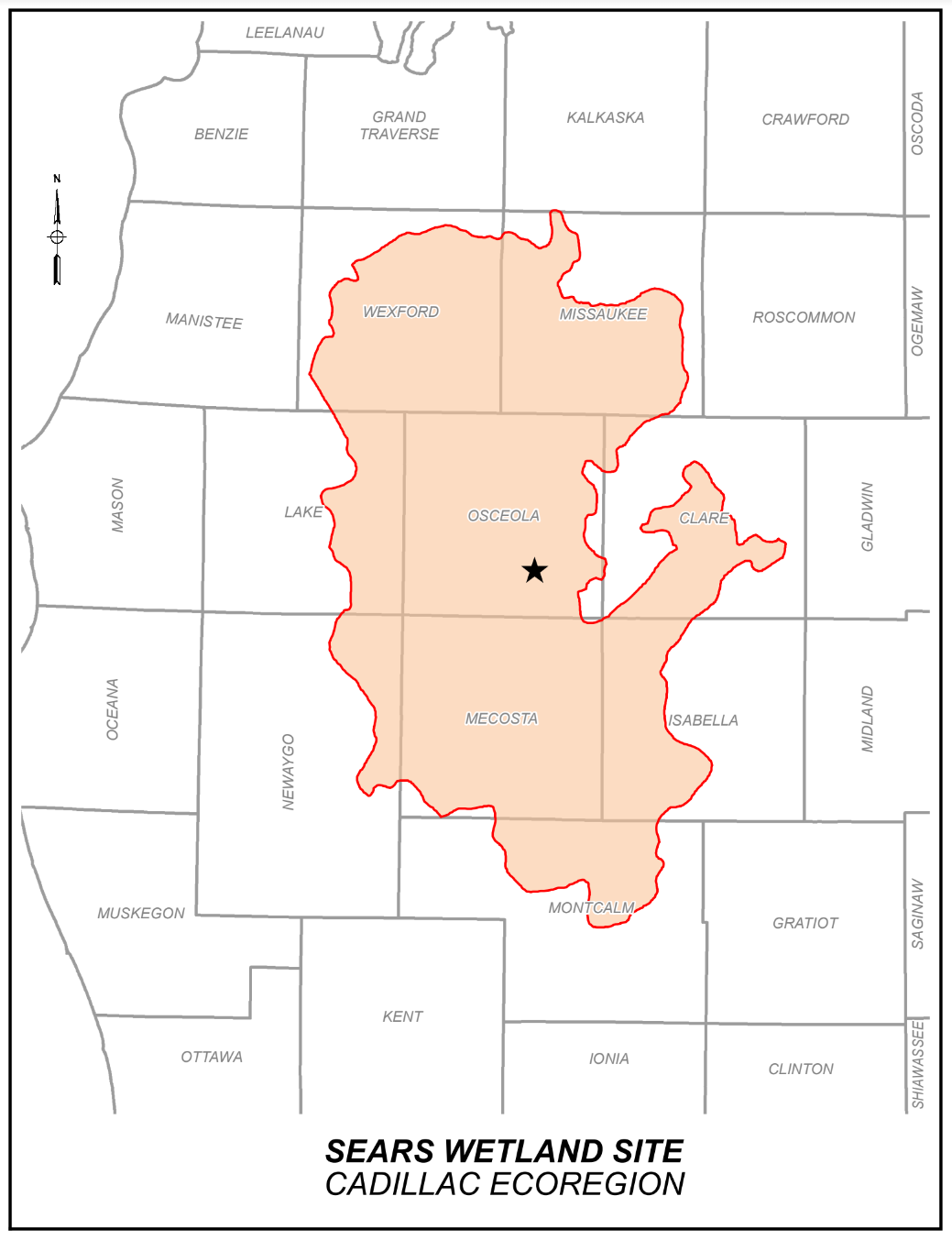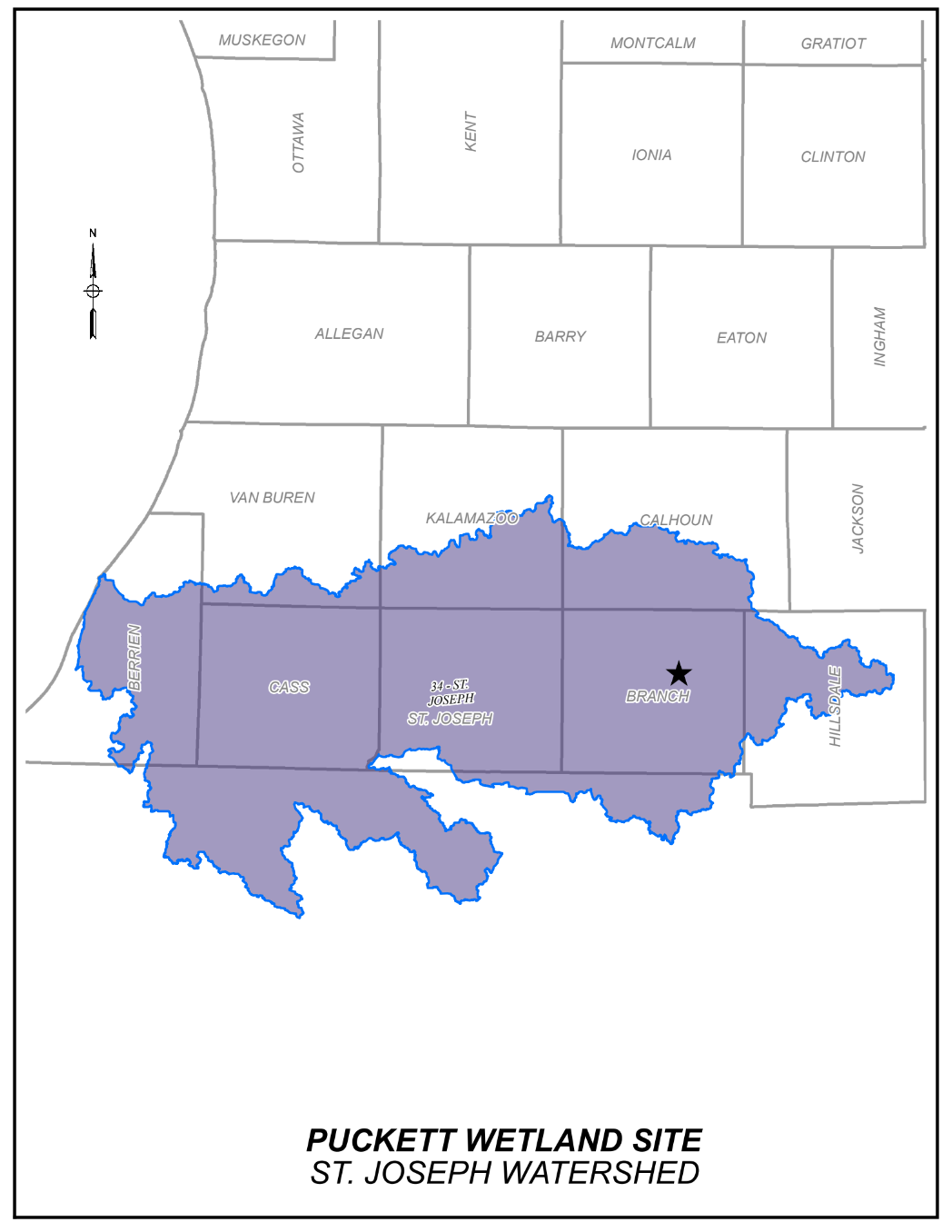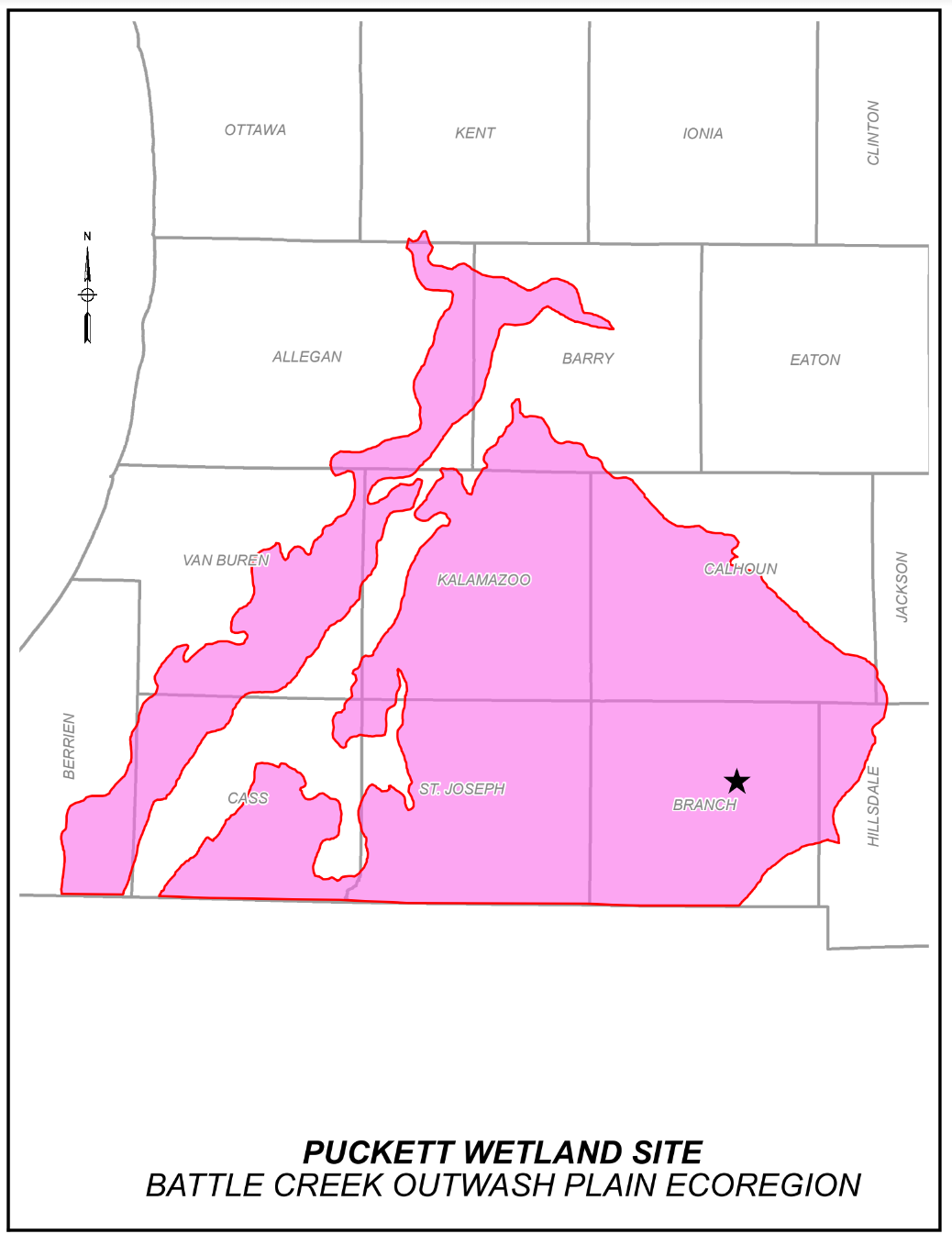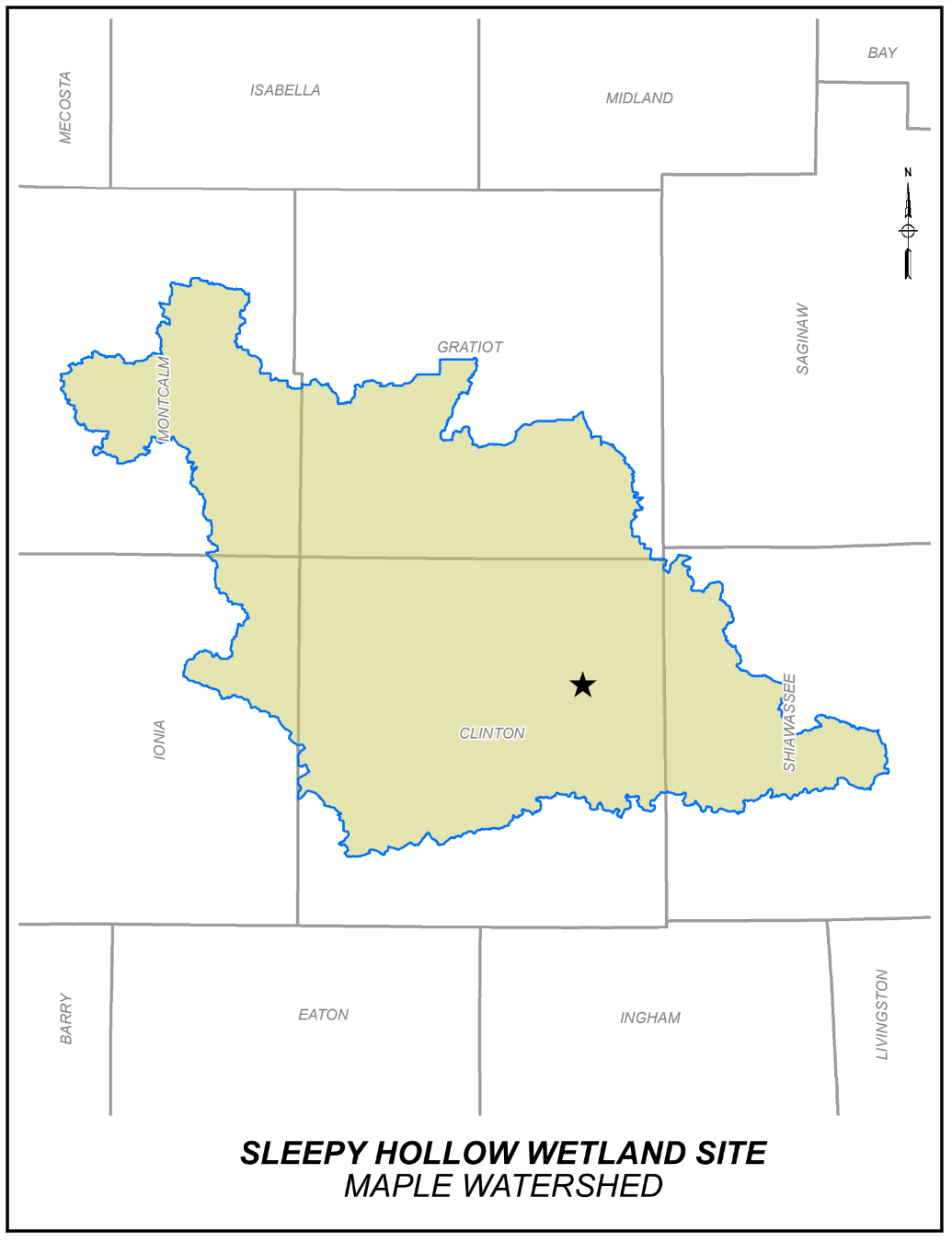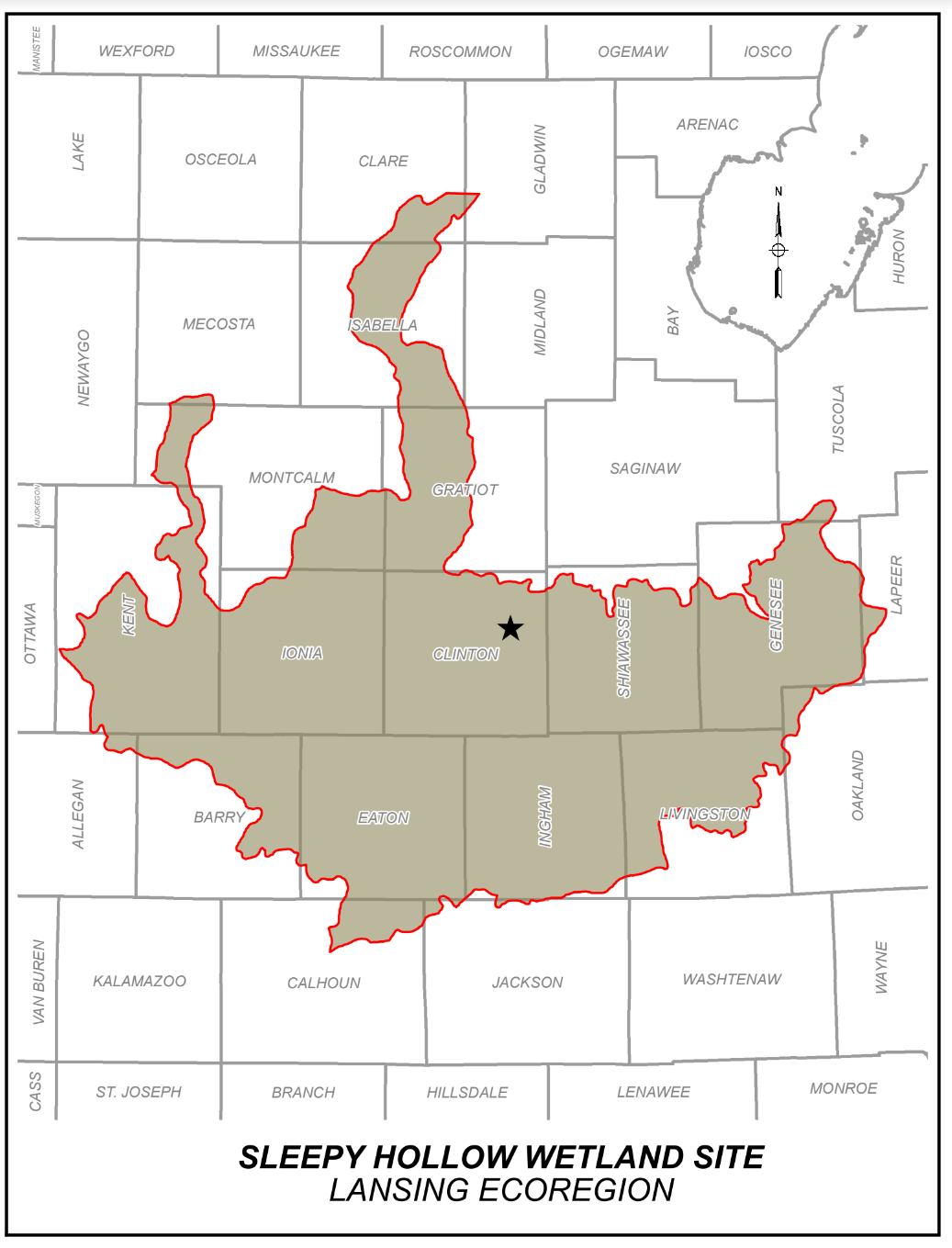Agricultural Producers
As part of the Natural Resources Conservation Service (NRCS) investment of more than $7 million to fund agricultural wetland mitigation banks in 10 Midwest and Northern Great Plain states, the MMWA has developed a program in partnership with the Michigan Department of Natural Resources (MDNR) to assist agricultural producers who are out of compliance with the Swampbuster provisions of the Farm Bill. This unique public-private partnership between the MMWA and the MDNR is designed to facilitate the restoration and protection of wetlands across Michigan, as well as to enhance recreational opportunities for future generations.
Swampbuster provisions prohibit USDA program participants from converting wetlands on their property without compensating for the loss—a process called wetland mitigation. Landowners with Swampbuster compliance issues generally have three options to compensate for lost wetlands and regain USDA program eligibility: (1) restore the impacted site, (2) mitigate the impacted site by creating a new site on the property elsewhere, or (3) purchase credits from a wetland mitigation bank in the same watershed to offset the impacted site.
A wetland mitigation bank is a wetland area that has been restored, enhanced, or created for the purpose of providing compensation for unavoidable wetland impacts elsewhere. Some of these wetland mitigation banks will be built on MDNR public lands, while others will be built on private land owned by landowners with expired CRP contracts. When a mitigation bank is established on private land, the landowner retains ownership and use of the property, while a conservation easement protects the wetlands from degrading activities.
As wetlands are restored, enhanced, or created by the MMWA and the MDNR, the NRCS will perform a functional assessment to determine the number of credits available for each banked area. The MMWA will then sell these credits to agricultural producers in the same watershed to satisfy mitigation requirements where avoidance or on-site mitigation is challenging.


